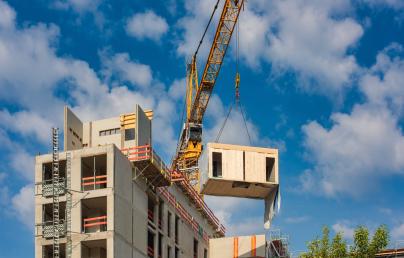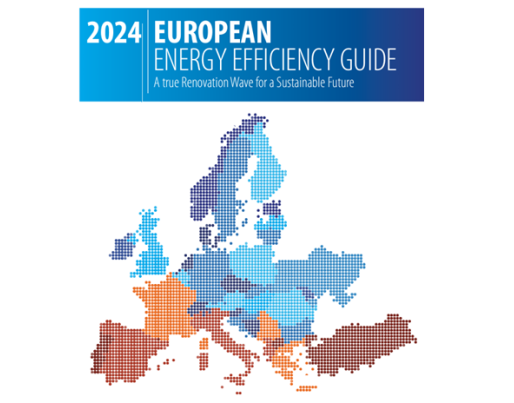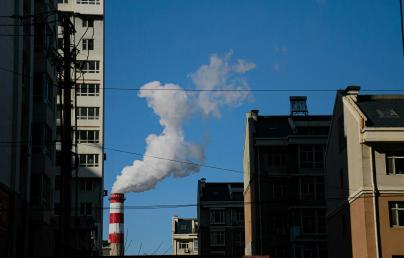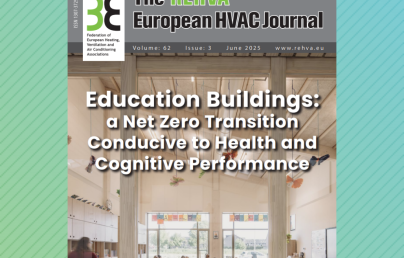
European Energy Efficiency Guide 2024

European Energy Efficiency Guide 2024
EAE’s Energy Efficiency Guide is a meta-study that summarises relevant facts and figures about the energy efficiency of Europe’s building stock, relevant legislation, technical developments and how ETICS contribute to achieving Europe’s environmental, economic and social objectives. It condenses the evidence of numerous global, European and national scientific studies and provides recommendations on what can be done to triple the number of buildings undergoing deep or staged deep renovations or new buildings to become net carbon neutral by 2050.
Already the Energy Saving Guide 2016 addressed 'The long road to energy-efficient buildings in Europe.' Still, Europe’s buildings account responsible for 40 % of Europe’s final energy consumption and 36 % of its GHG emissions. However, we must not forget the positive developments since. With the Green Deal, the European Commission set sail for making Europe net carbon neutral by 2050. The COVID-19 pandemic together with the Russian invasion of Ukraine showcased Europe’s vulnerability in material and energy supplies. Both fostered the ambitions to make Europe less dependent. Thanks to the Fit-for-55 package a number of pieces of legislation have been adjusted – for the first time taking a coordinated and holistic approach. EAE contributed in multiple ways to the decision-making process, be it with our own contributions to consultations or jointly with our partners both at European and national level, bringing in the views and the expertise of the European ETICS sector.
For the first time, the efficiency first principle has been introduced as guiding principle in the Energy Efficiency Directive. With the revision of the Energy Performance of Buildings Directive further important steps have been taken. By 2030 all new buildings should be zero-emission buildings. EU member states will make sure that the average primary energy use of residential buildings will be reduced by 16% in 2030 and by 20-22% in 2035. At least 55% of the energy reduction will be achieved through renovation of the 43% worst performing residential buildings. Member states will revise their national legislation in accordance with the new directive in the years to come. This will include making available technical and more financial assistance to lower the barriers to deep or staged deep renovation. They will adjust their national building renovation plans. EAE and its partners will continue to support the process. This Energy Efficiency Guide may act as a valuable source of information.
The final piece of regulation that is about to come is the revised Construction Products Regulation. It will emphasise the environmental performances of products used in construction, promoting solutions contributing to a circular economy. The ETICS sector takes its responsibility, took early action and will continuously improve processes.
Besides all technical and environmental aspects it need to encourage building owners, architects, designers with positive examples underlining what is already possible today. This is one of the objectives of our EAE Awards. You will find some winning projects included to this document and even more on the website. ETICS offer a unique variety of technical and design options to meet nearly all needs of property owners and to comply with building regulation. In addition the sector requests reliable framework conditions. Stop-and-go decision-making leads to uncertainties along the entire value chain and contradicts urgently needed efforts to increase building renovation rates. Else achieving the EU 2050 objectives get out of sight.
Energy-Efficiency-Guide-2024_2ed-2024-06-03_web.pdf
English (4.2 MB - PDF)
